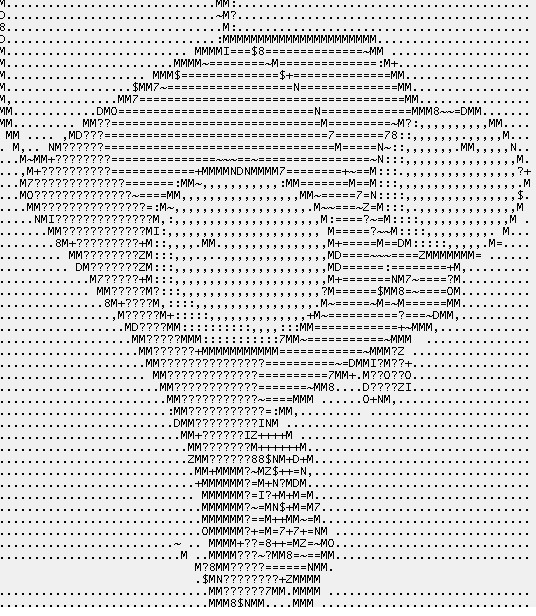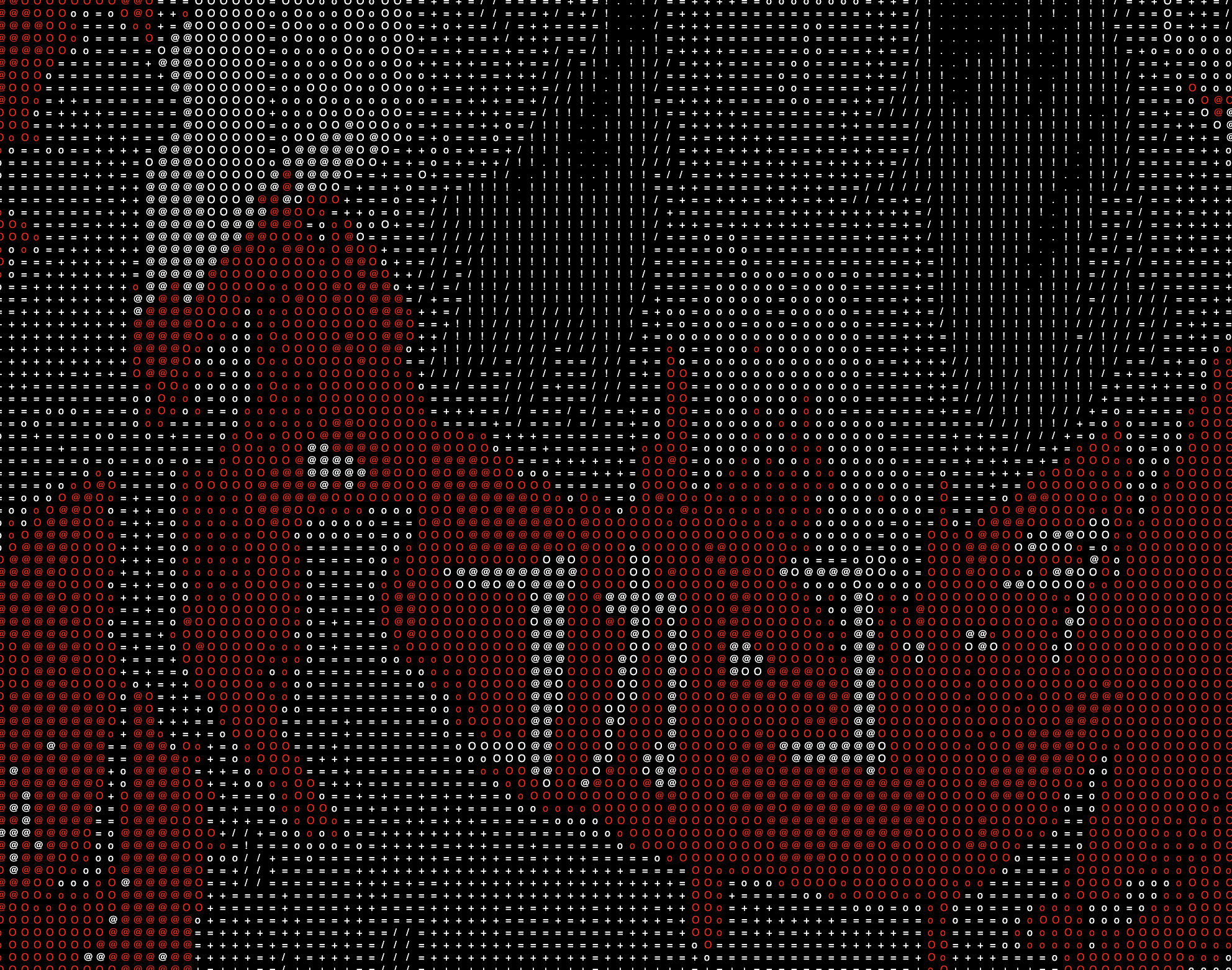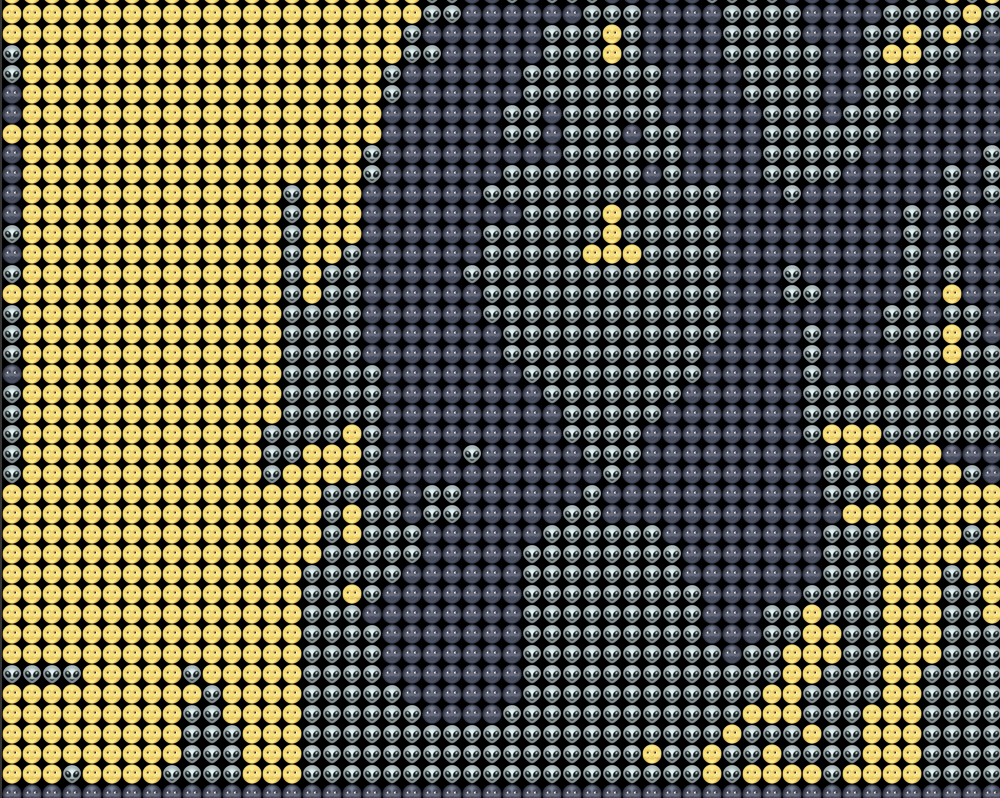
The Sound of Communications
This is a project collaborating with Zeyao, working on the data the New York Times collected on HK Protest:

As a "Taiwan Chinese", my identy seemed never to be freed from political topics. My background is, as what I termed it, a multi-chinese-culture. I grew up in Shanghai, my mom is from Beijing, and I am a Taiwan Passport holder. I found myself uncomfortable to either call myself a Taiwanese or Chinese infront of a crowd. I always call myself as Chinese Taipei.
When the HK just started, I see how a tiny snow ball slowly became a large one that could be dangerous.
Why is the snow ball getting larger and larger but no one notice it could happen, or stopping it.
By reading both sides' social media posts, I see both sides are not understanding each other (Maybe not they just can't but they don't even want to understand.)
Inspired by this, what if we put this data into a music piece, as a way to communicate. Since no one will say no to music.
Video on P5: Text and Emoji
The first thing came to my mind when I thought about pixels, were the 'text drawings' sometimes you can see on the twitter timeline that might look something like this:

I want to play with the only the negative/positive space of each letter or symbol to create shape and line out of it without change the oppacity/brightness of the elements. To do this, I will need to get the brightness instead of the color for each pixel, and assign a certain range to different text by using if statement.
I made the negative space black, so that means the the darker pixels will be assigned to the symbols that has the least possitive spaces. And I have the following statement:
let brit = int(brightness(img.get(x, y)));
if (brit >= 0 && brit <= 10) {
updateText('.', x, y);
} else if (brit >= 11 && brit <= 20) {
updateText('*', x, y);
} else if (brit >= 21 && brit <= 30) {
updateText('!', x, y);
} else if (brit >= 31 && brit <= 40) {
updateText('/', x, y);
} else if (brit >= 41 && brit <= 50) {
updateText('+', x, y);
} else if (brit >= 51 && brit <= 60) {
updateText('=', x, y);
} else if (brit >= 61 && brit <= 70) {
updateText('o', x, y);
} else if (brit >= 71 && brit <= 90) {
updateText('O', x, y);
} else if (brit >= 91 && brit <= 100) {
updateText('@', x, y);
}
I'm pretty satisfied with the look already, but I still sort of wanted to play with color that is relevant to the color of the capture. I first tested out the range for red (it should be 255, 0, 0, 1 for rgba, but I know the lightness will affect the color). I called out the values of each pixel and give it the range of R > 200, G < 50, B < 50, A > 0. However, eventhough I was wearing a red hoodie, it still didn't get any red. So I made the range even wider:
let c = img.get(x, y);
if (c[0] >= 170 &&
c[1] <= 100 &&
c[2] <= 100 &&
c[3] >= 0) {
fill('red');
} else {
fill('white');
};
And this is what I got:
I love to zooming in to the symbol pixels to see them wiggling. Also like this visual esthic a lot and it's pretty accurate:

And I was having fun playing with this by creating a slider that you can change the colors: Code
After played with pure text, talking about my initial insipiration--visuals done by text, recently, people were also using emojis as pixels.


Seeing the potential of this becoming a video filter, I chose the two emoji that came to my mind straight when I planned to make this: 🌚 and 🌝, which are perfect for bright and dark pixels. Then I tested out with some emojis that will give a good transition inbetween the two (that also carries a similar 'meme(?) vibe') and the alien work out the best! It is pretty interesting that from far the color scheme actually looks like a decent (well, it should be) color choice, but when zoomed in, you will see faces...
